Earthquakes, typhoons, volcanic eruptions and floods are some of the hazards we live with. But we can lessen the impacts of these hazards on our lives and livelihoods by following Disaster Risk Reduction (DRR) strategies. These strategies help societies prepare and respond to hazards, and therefore reduce the associated risks. DRR can happen at all levels, from individual actions to international agreements.
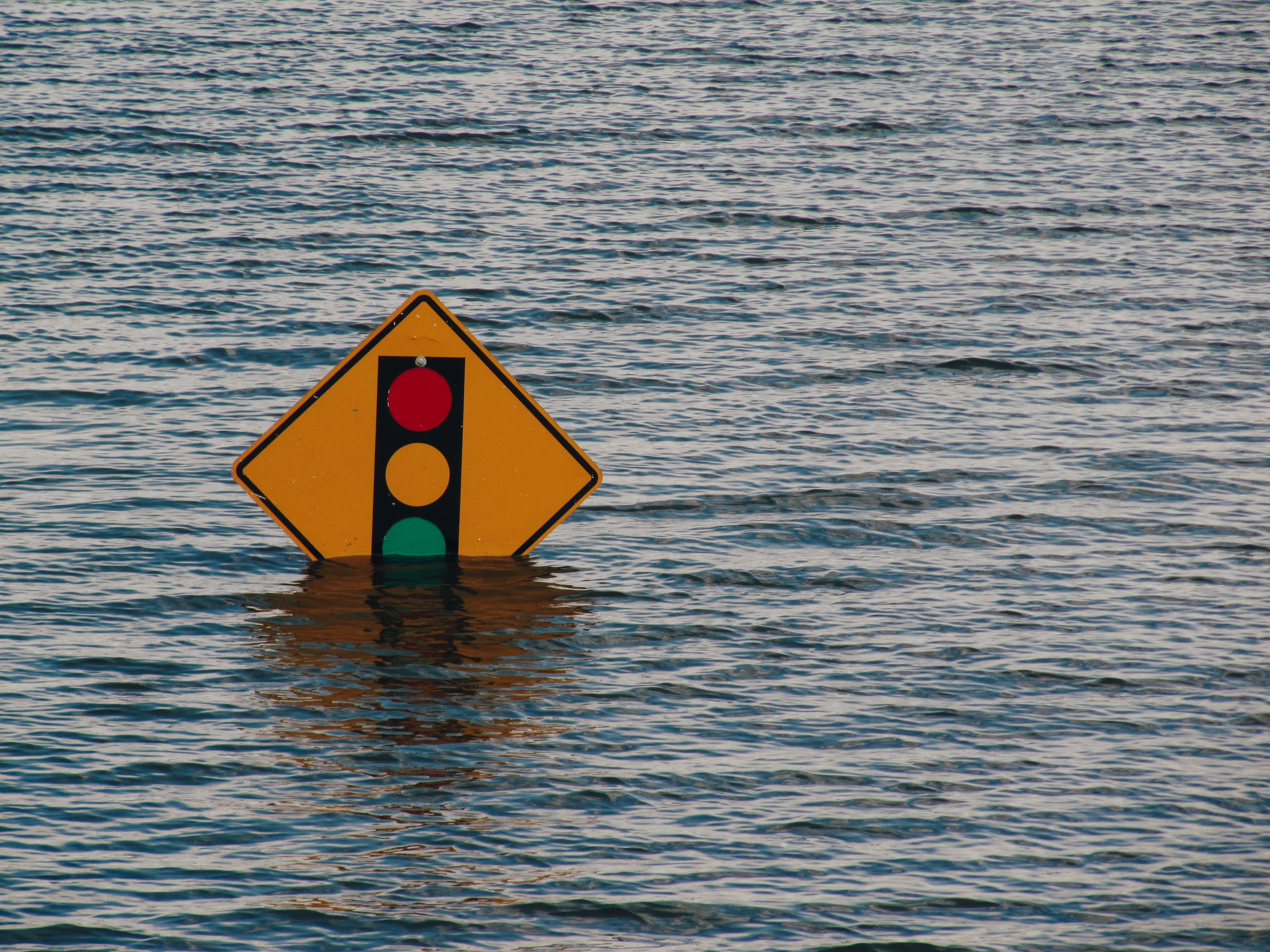
Disaster risk was the focal point of the APRU-IRIDeS Multi-Hazards Virtual Summer School 2020. Held over three days on 15, 22, and 22 July 2020, the summer school was organised by the Association of Pacific Rim Universities (APRU) and the International Research Institute of Disaster Science (IRIDeS).
Usually held at Tohoku University and involving lectures and field trips, this year’s summer school was held online due to COVID-19 restrictions.
Assistant Professor David Lallemant, a Principal Investigator at the Earth Observatory of Singapore (EOS) leading the Disaster Analytics for Society Lab (DASL), said that the summer school was a great opportunity for students and researchers to learn about hazards and risk management. “Such opportunities to learn from each other are critical to address complex challenges of growing disaster risk, perhaps especially in times of a pandemic”, he added.
“It provided a good introduction on both the fundamentals and the ongoing research in disaster science”, commented Dr Michele Nguyen, a postdoctoral fellow from Nanyang Technological University working with the DASL, who also attended the summer school.
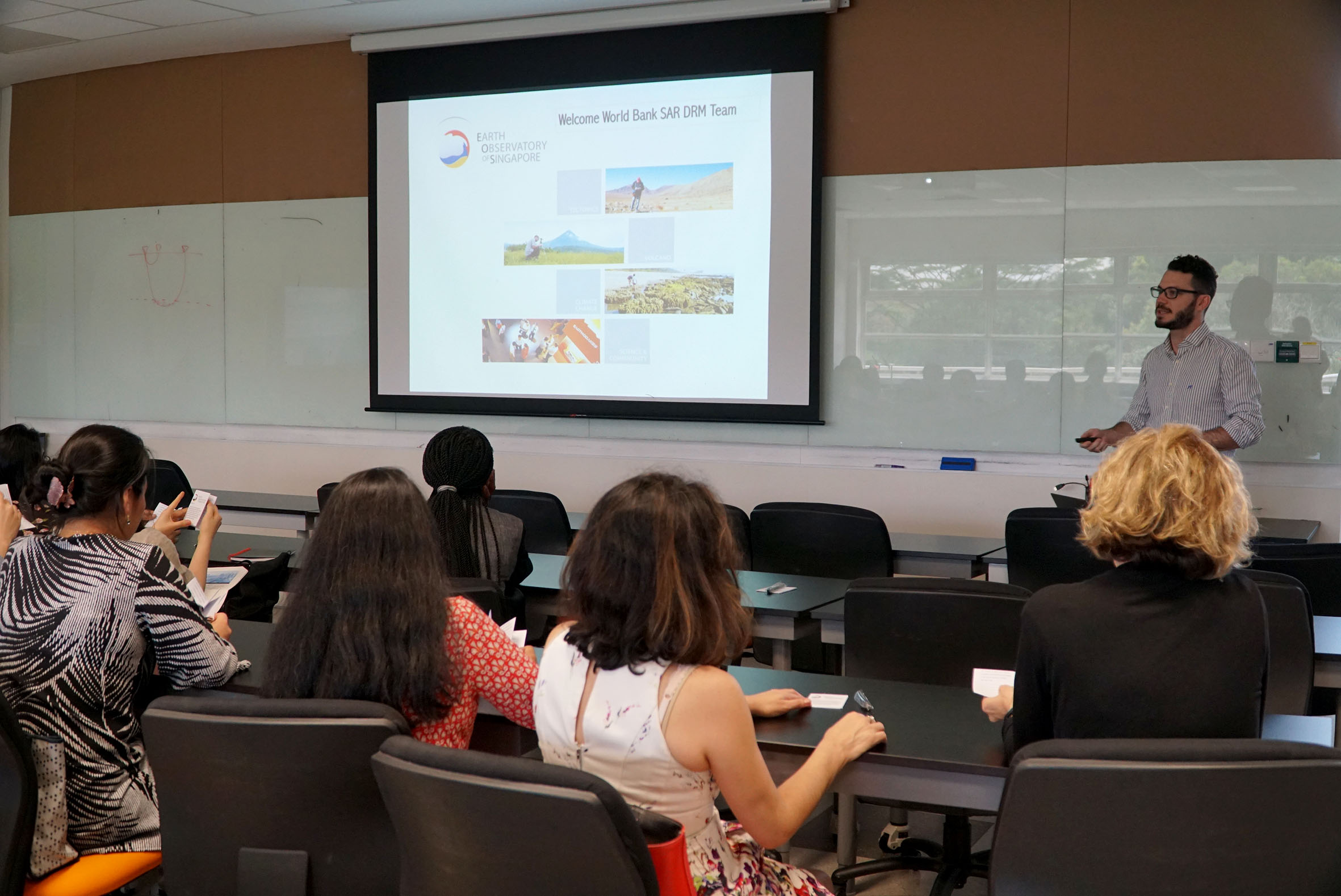
In a series of lectures and Q&A sessions, experts shared their perspectives on hazards and risk, disaster response and public health. They also shed light on five important aspects of DRR.
1. We can reduce disaster risk.
Hazards, such as earthquakes and viruses, hit us with various intensities.
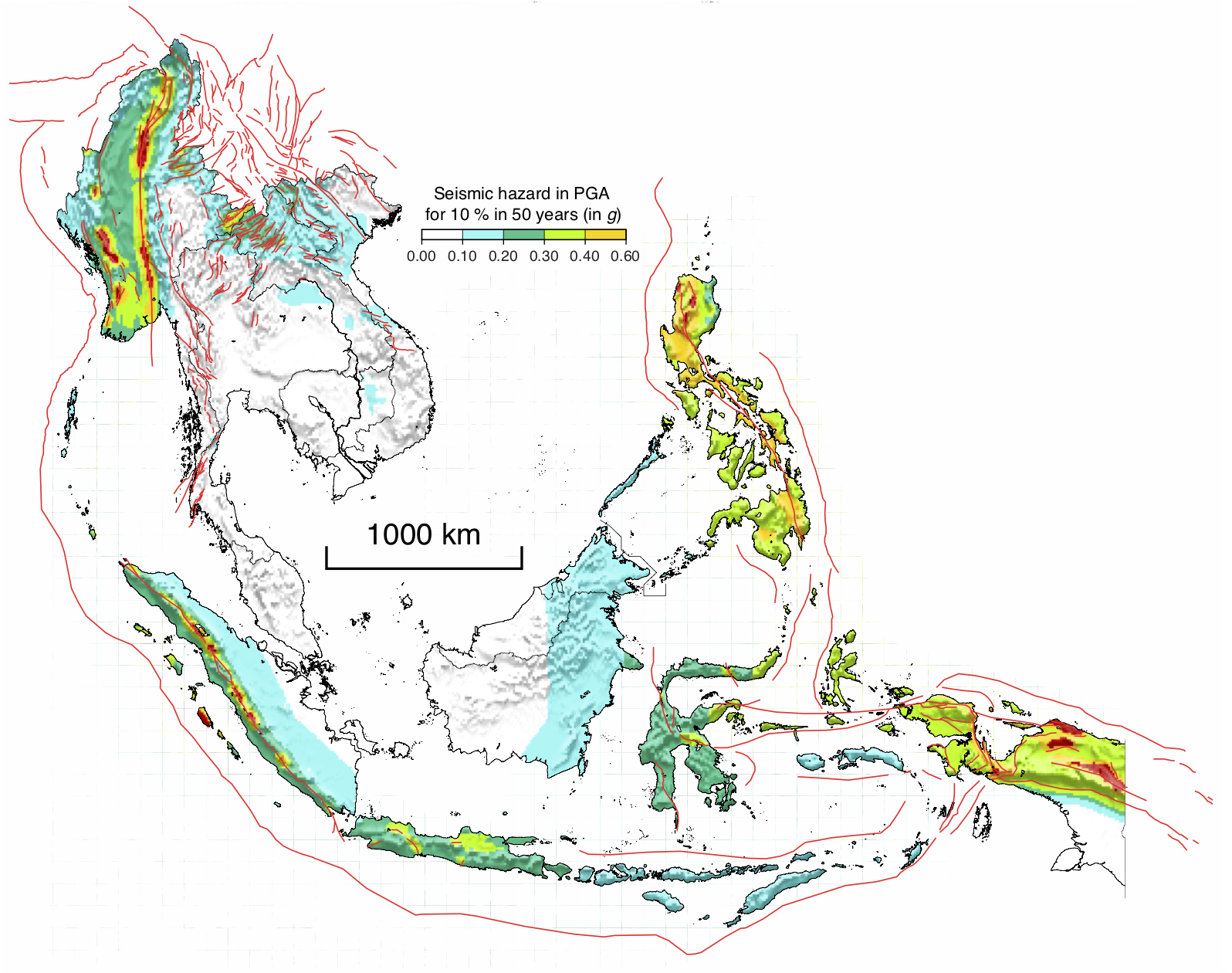
We cannot prevent natural earthquakes from happening, but we can reduce the seismic risk by reducing our exposure and vulnerability to the hazards. Some examples of DRR strategies include: limiting populations and buildings in potentially hazardous areas, constructing buildings that are earthquake-resistant, and knowing what to do when an earthquake occurs.
“While Singapore is not situated in an earthquake-prone area, the country has nonetheless experienced seismic shaking from small earthquakes occurring nearby, or large earthquakes occurring far away. Therefore, buildings over 20 metres in Singapore are designed to withstand seismic forces,” said Asst. Prof Lallemant.
2. Exposure to hazards can be reduced by learning from the past.
When powerful earthquakes hit Japan in 1923 and 1995, numerous buildings collapsed because they were not resistant to earthquakes and the associated hazards, such as fires.
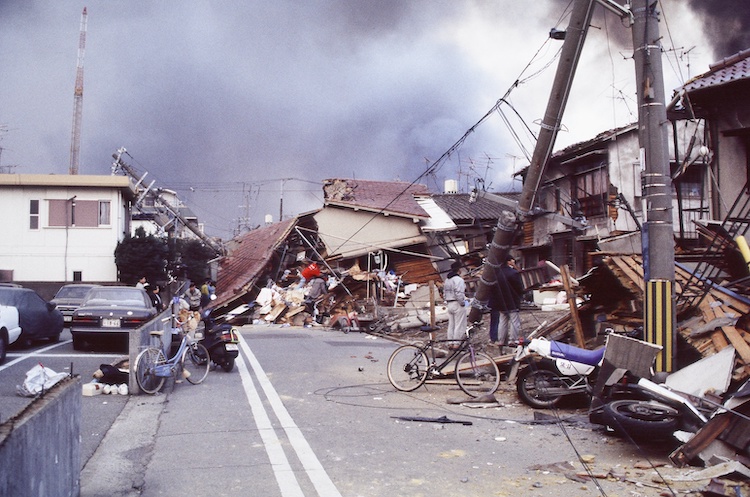
Since then, Japan has implemented new regulations that reduce its seismic risk. Without them, the Tohoku earthquake that struck the country in 2011 would have likely been more devastating.

For Miss Elinor Meredith, a PhD student with the Volcanic Hazards and Risk research team at EOS, learning about fire risk reduction in Japan was the most interesting and useful to her work on the impacts of lava flows.
3. Effective DRR requires targeted solutions and collaboration between stakeholders.
Effective DRR requires collaboration between many stakeholders including academics, government, and Civil Society Organisations such as community groups and non-governmental organisations. “It was encouraging to hear about how the APRU Multi-Hazards programme has been working to strengthen these collaborations”, said Dr Nguyen.

Elinor also said that effective DRR also requires simple solutions and early warning systems tailored to at-risk communities.
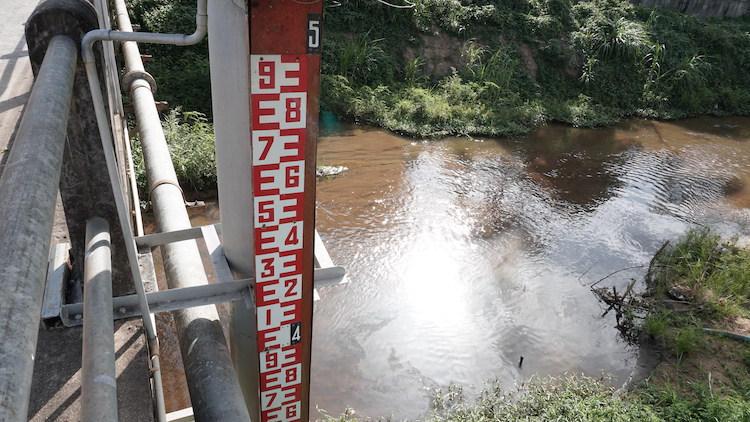
“COVID-19 has brought new challenges to disaster risk reduction and we need to rethink the important role of volunteers during crises”, she added. The COVID pandemic is indeed exacerbating risks from natural hazards in many ways. One such example is the lack of volunteers during the floods that occurred in Japan earlier this year due to the pandemic.
4. DRR goals may be achievable by 2030.
In 2015, 187 members of the United Nations signed the Sendai Framework for Disaster Risk Reduction. This agreement aims to reduce disaster risk and losses globally by 2030 through four priorities for action. These range from understanding and managing disaster risk to improving resilience and disaster preparedness.
Tokyo has built artificial channels for flood protection and the Philippines are reforming their national buildings codes for buildings to become shelters. International scientific collaborations are developing new methods for hazard forecast and assessment.
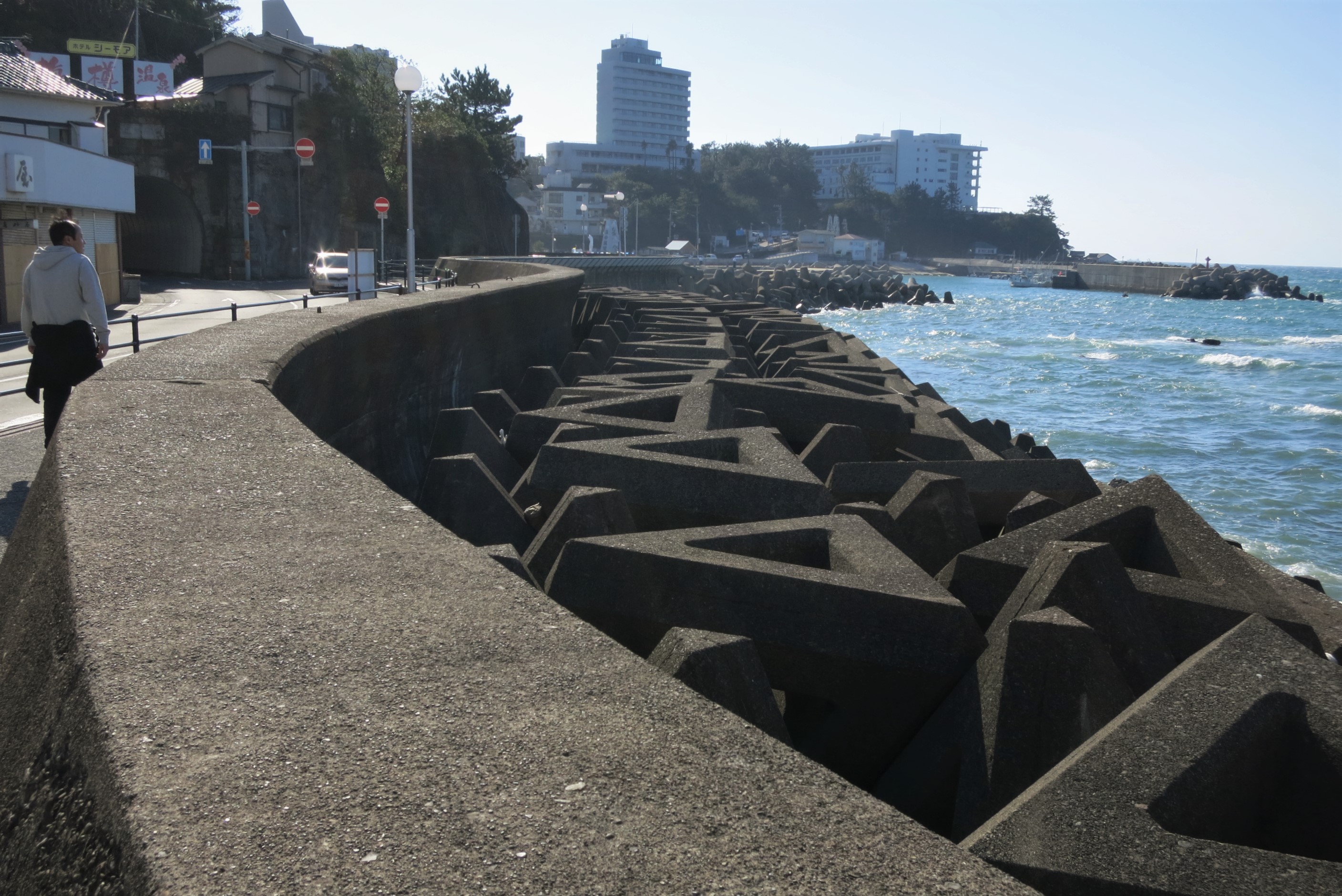
“During this uncertain period,” commented Elinor, “it was uplifting to hear that scientists are generally hopeful that the goals of Sendai Framework for Disaster Risk Reduction will be achieved by 2030.”
5. Some DRR, climate and sustainability goals can be reached together.
Coherence between DDR and other efforts to address climate change and make our societies more sustainable may be achieved via multi-pronged approaches. For example, addressing issues in agri-food systems could reduce the impacts of climate change and the likelihood of pandemics.

At EOS, scientists from the Hazards, Risk, and Society research group are contributing directly to the field of disaster risk reduction as they seek to better understand how and why societies are impacted by natural hazards. This helps them identify strategies that reduce vulnerability and increase resilience in Southeast Asia and beyond.